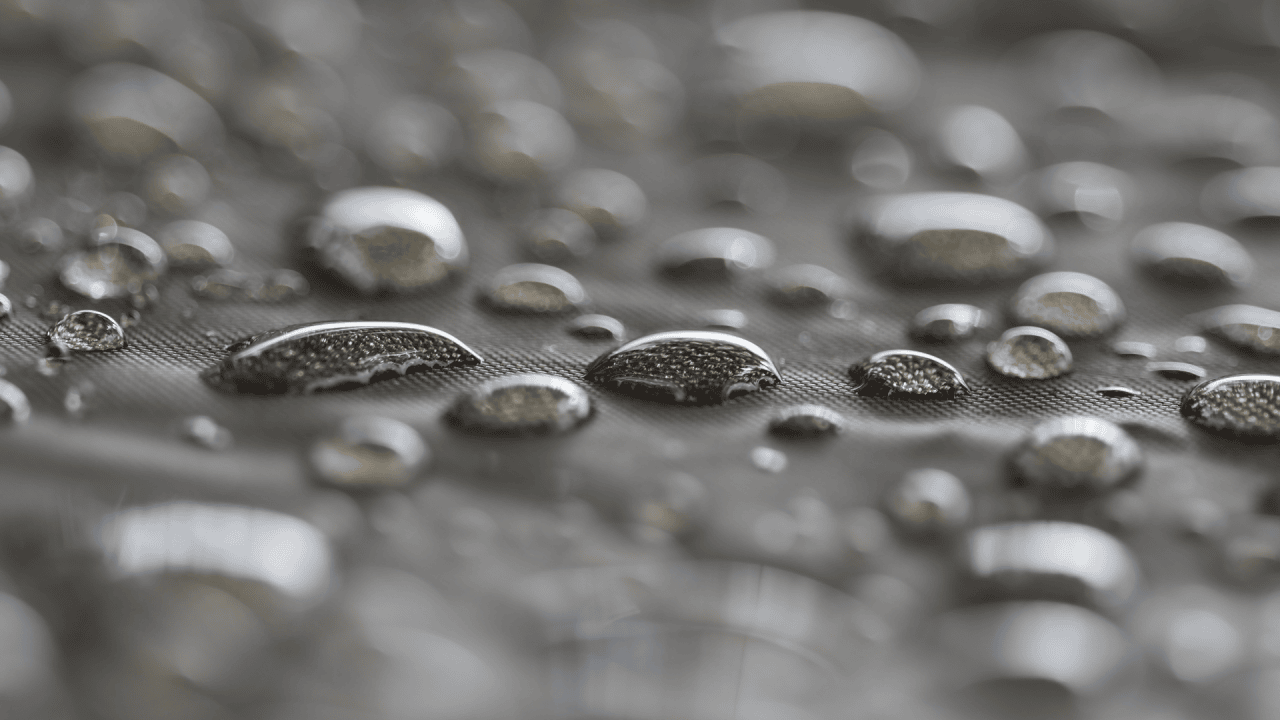There is an urgent need for analytical monitoring in numerous industries that have previously relied on PFAS, for example in the plastics industry, the cosmetics and textile sectors and in environmental and water management. The goal: "PFAS-free" products for greater consumer safety.
INDUSTRIAL CHEMICALS PFAS - A BLESSING AND A CURSE AT THE SAME TIME
The abbreviation PFAS stands for per- and polyfluorinated alkyl substances. This refers to a large group of industrially produced chemicals that are used in numerous industrial processes and consumer products due to their technical properties. What they all have in common is that the compounds are difficult to break down and accumulate in the environment, in the food chain and therefore also in the human body. Their robustness is therefore both a blessing and a curse.
HOW PFAS CHEMICALS ENTER THE ENVIRONMENT AND THE ORGANISM
PFAS can be absorbed into the body either directly or indirectly. One source is contaminated drinking water and polluted breathing air, e.g. when using PFAS-containing waterproofing sprays indoors. Indirectly, the harmful fluorine compounds enter our organism via foods such as meat and milk if the animals have ingested the substances through their feed.
SUBSTANCES HAZARDOUS TO HEALTH
PFOS (perfluorooctane sulfonic acid) and PFOA (perfluorooctanoic acid) were the most frequently detected substances from the PFAS group. Due to their harmful effects on the immune system, the subgroups PFOS were banned in the EU in 2006 and PFOA in July 2020. However, scientific evidence suggests that the entire group of PFAS could be dangerous and increase the risk of cancer, for example. Several specialised authorities have therefore applied for a general ban on PFAS.
ETERNAL CHEMICALS IN HUNDREDS OF EVERYDAY PRODUCTS
PFAS are water, dirt and grease repellent and can withstand high temperatures, strong UV radiation and high pressure. Because of these properties, they are also known as "eternity chemicals". PFAS can be found in hundreds of everyday products such as cosmetics, cookware (e.g. Teflon pans), packaging and textiles such as outdoor clothing. Extinguishing agents, pesticides and even medical products such as implants, catheters and tubes also contain compounds from the PFAS group.
BAN ON PFAS LOOMS IN 2025
Together with other authorities from Germany, the Netherlands, Denmark, Sweden and Norway, the German Environment Agency is working on an EU-wide and almost complete ban on PFAS - a group of around 10,000 different compounds. A decision at European level is expected in 2025. This would mean that many manufacturers would have to prove that their products no longer contain any compounds from the PFAS group. This applies to all uses of these substances that are not considered essential to society as a whole.
QUALITY ANALYSIS SUPPORTS THE VERIFICATION OF "PFAS-FREE" COMPONENTS AND SUBSTANCES
Following the expected ban, there is a great need for analytical monitoring. As an independent and accredited testing laboratory, Quality Analysis can support you in the (non-)detection of PFAS in your samples and in the production of certified, PFAS-free components.
We use combustion ion chromatography (CIC) for this purpose. This method is ideal for the direct measurement of total fluorine (TF) or total organic fluorine (TOF) in solid and liquid samples. In water samples we analyse the adsorbable organically bound fluorine (AOF). The determination of extractable organic fluorine (EOF) in solid and liquid samples is also possible.
Quality Analysis therefore does not specifically analyse individual PFAS such as PFOS and PFOA, which would only be of limited use with around 10,000 compounds in the PFAS group, but we determine the total fluorine content (TF) and/or the sum of the organically bound fluorine (AOF, EOF, TOF). The results from the sum parameter provide you with more information and enable a better risk classification.
